05.07.2023 - Aluminium Association
The Aluminium Association took part in the International Forum "REBUS: Economics of Construction in the Historical Centre", which took place on 3-4 July in Kazan. Deputy Prime Minister of the Russian Federa-tion Marat Khusnullin, Head (Rais) of the Republic of Tatarstan Rustam Minnikhanov, Deputy Minister of Construction and Housing of the Russian Federation Sergey Muzychenko, President of the Union of Architects of Russia Nikolay Shumakov and President of the National Association of Surveyors and Designers Anvar Shamuzafarov addressed the Forum participants with welcoming speeches.
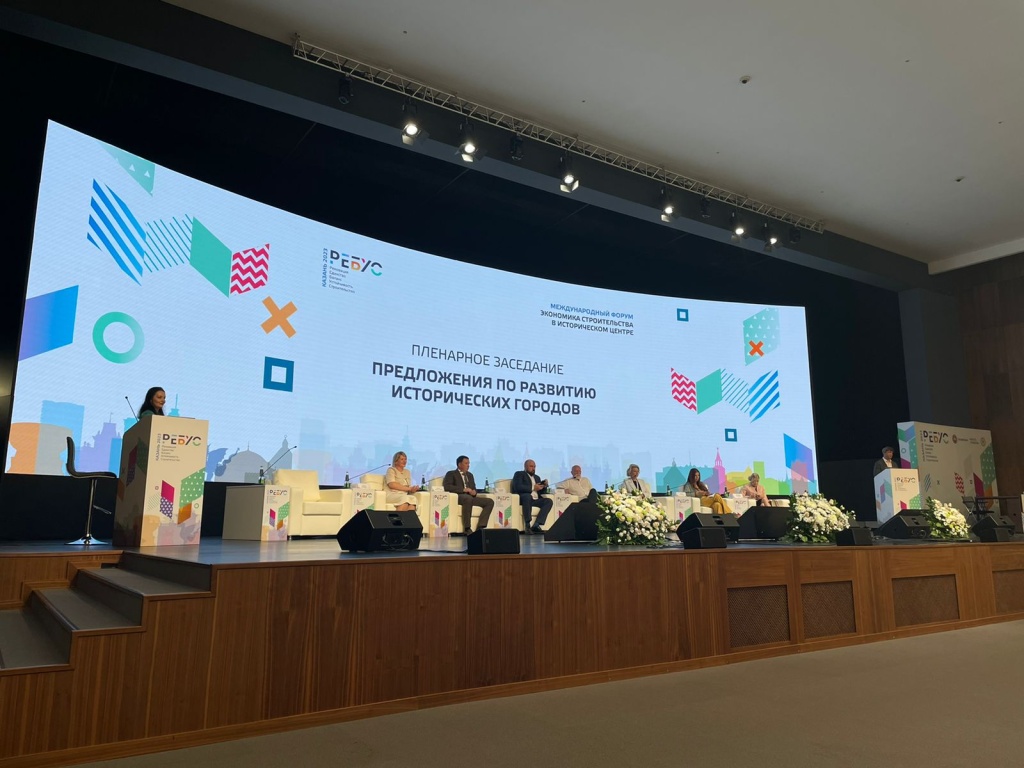
The focus of the Forum is on issues related to economic activity in historical territories, secrets of success of realised projects, possible risks for developers, as well as methods of design and identity preservation that are applied in the regions.
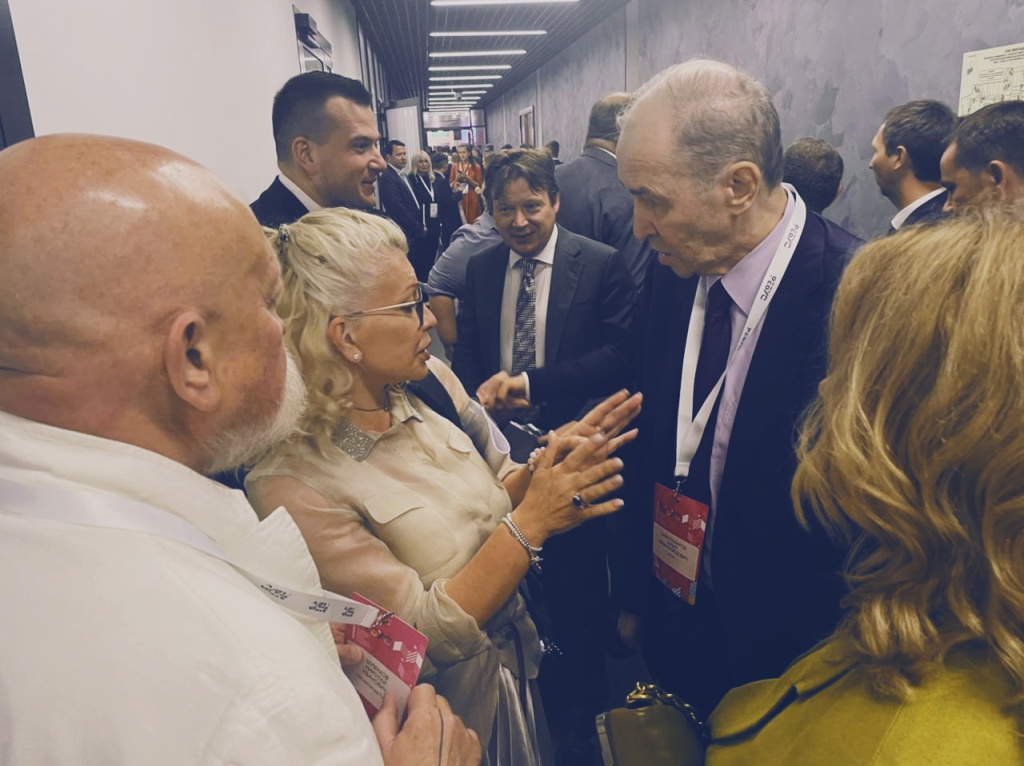 During the two days of the Forum, the Alumini-\um Association held a number of meetings with leading architects of the country's constituent entities and heads of the relevant state authori-\ties.
According to Irina Kazovskaya, Chairman of the Aluminium Association: "The use of alu-\minium solutions in reconstruction and restora-\tion is a global trend today, and Russia is no exception.
Aluminium solutions can restore the original features of properties, preserving the historic building and extending its life.
The building continues to function well: the load is reduced (lightweight aluminium structures are installed on the weakened degraded walls), while maintenance costs are reduced and aesthetics are preserved for decades.Examples of such renovations include the Polytechnic Museum in Moscow, the N.A. Gorky Conservatory in Moscow, and the N.A. Gorky Conservatory in Moscow. N.A.
Rimsky-Korsakov Museum in St. Petersburg, the Atrium-Forum of the Pushkin Museum in Moscow, the Pyramid of the Louvre Museum in Paris and many other structures.
Aluminium gives a wide scope for creativity, allowing you to change the appearance of a structure that has fallen into disrepair or lost its original purpose and make it suitable for modern use.
Lightweight aluminium structures are used to construct superstructures on buildings, increasing their floor space and improving their operational efficiency.
Such superstructures are particularly relevant for schools and other educational infrastructure.
During the two days of the Forum, the Alumini-\um Association held a number of meetings with leading architects of the country's constituent entities and heads of the relevant state authori-\ties.
According to Irina Kazovskaya, Chairman of the Aluminium Association: "The use of alu-\minium solutions in reconstruction and restora-\tion is a global trend today, and Russia is no exception.
Aluminium solutions can restore the original features of properties, preserving the historic building and extending its life.
The building continues to function well: the load is reduced (lightweight aluminium structures are installed on the weakened degraded walls), while maintenance costs are reduced and aesthetics are preserved for decades.Examples of such renovations include the Polytechnic Museum in Moscow, the N.A. Gorky Conservatory in Moscow, and the N.A. Gorky Conservatory in Moscow. N.A.
Rimsky-Korsakov Museum in St. Petersburg, the Atrium-Forum of the Pushkin Museum in Moscow, the Pyramid of the Louvre Museum in Paris and many other structures.
Aluminium gives a wide scope for creativity, allowing you to change the appearance of a structure that has fallen into disrepair or lost its original purpose and make it suitable for modern use.
Lightweight aluminium structures are used to construct superstructures on buildings, increasing their floor space and improving their operational efficiency.
Such superstructures are particularly relevant for schools and other educational infrastructure.
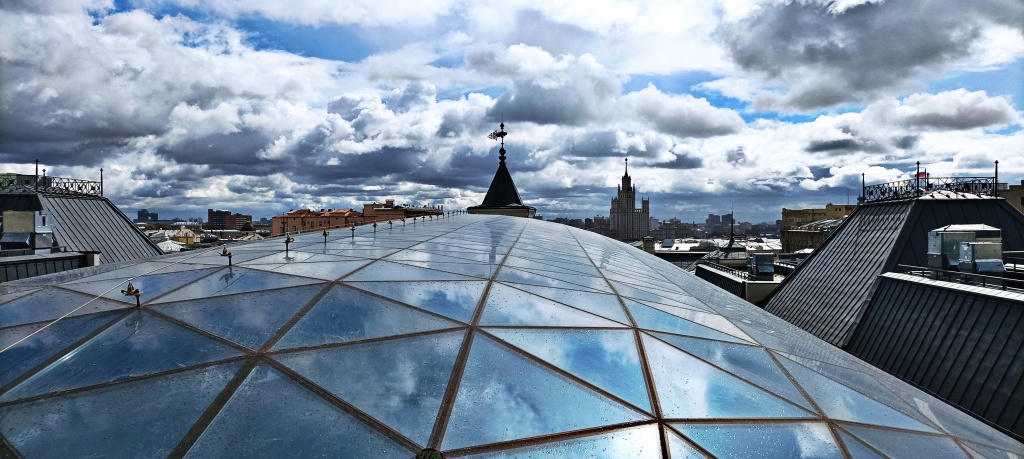
Dome of the Polytechnic Museum
Bridges with load-bearing structures made of aluminium alloys fit perfectly into projects of complex improvement of historical districts of cities. A wide variety of aluminium finishes imitating different textures allows to preserve the look of the historic centre without compromising its uniqueness. Successful projects include a bridge in the form of a swirling sea wave in the Moscow Zoo, the country's first aluminium bridge with an observation deck in the town of Bor in the Nizhny Novgorod region.
Gallery to the Ostankino TV Tower
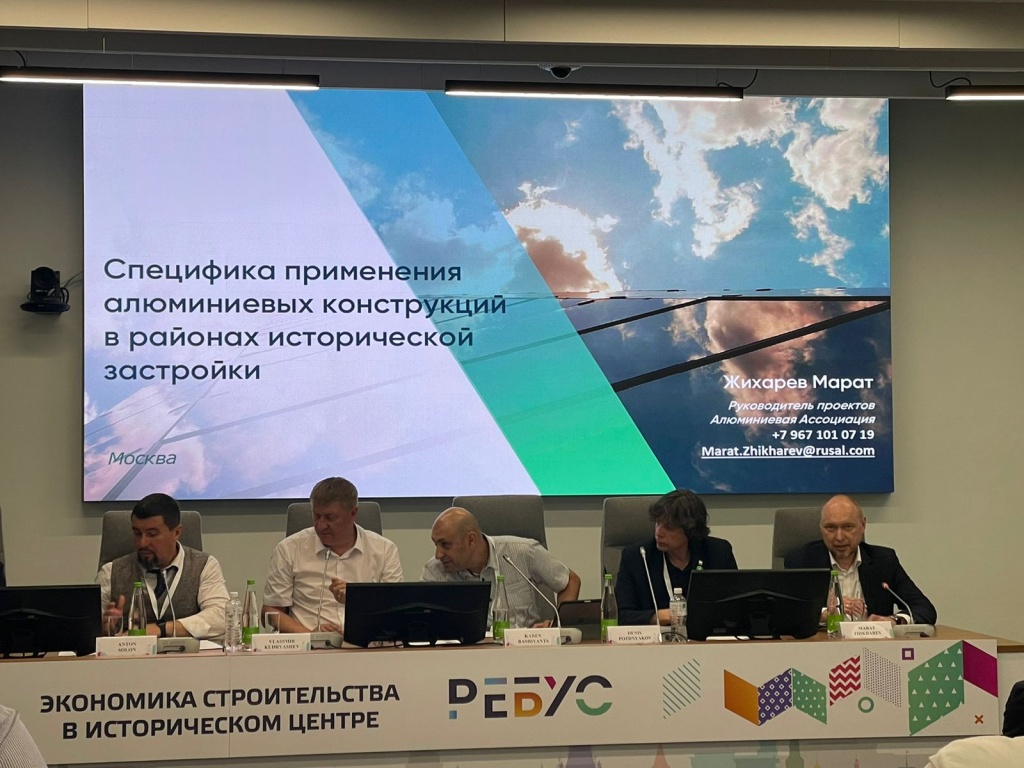 Marat Zhikharev, an expert of the Construction sector of the Aluminium Association, took part in the round table "Innovations in the historical centre" organised by the National Association of Producers of Building Materials and Construction Industry (NOPSM).
Materials.
He spoke about the use of translucent structures in the reconstruction and restoration of iconic cultural heritage sites, as well as other examples of the use of aluminium solutions.
For example, when creating the translucent roof of the Polytechnic Museum, a special aluminium-magnesium-silicon alloy was used instead of traditional steel.
It is about 3 times lighter than steel with comparable strength properties.
After the opening of the museum, the light-weight translucent structures will be used to organise the exposition: life-size models of aircraft or satellites will be suspended under the dome.
Two unique aluminium domes were manufactured and delivered specially for the building of the St. Petersburg Conservatory, the first of which is currently being installed over one of the courtyards.
Thanks to the modern translucent domes, the usable area of the building will increase by 600 square metres, which will make it possible to open new public spaces in the conservatory.
Aluminium was used in the reconstruction of the Cosmos/Mashinostroenie pavilion at VDNKh, the Public Centre in Almetyevsk, the Mars cinema and many others.
Marat Zhikharev, an expert of the Construction sector of the Aluminium Association, took part in the round table "Innovations in the historical centre" organised by the National Association of Producers of Building Materials and Construction Industry (NOPSM).
Materials.
He spoke about the use of translucent structures in the reconstruction and restoration of iconic cultural heritage sites, as well as other examples of the use of aluminium solutions.
For example, when creating the translucent roof of the Polytechnic Museum, a special aluminium-magnesium-silicon alloy was used instead of traditional steel.
It is about 3 times lighter than steel with comparable strength properties.
After the opening of the museum, the light-weight translucent structures will be used to organise the exposition: life-size models of aircraft or satellites will be suspended under the dome.
Two unique aluminium domes were manufactured and delivered specially for the building of the St. Petersburg Conservatory, the first of which is currently being installed over one of the courtyards.
Thanks to the modern translucent domes, the usable area of the building will increase by 600 square metres, which will make it possible to open new public spaces in the conservatory.
Aluminium was used in the reconstruction of the Cosmos/Mashinostroenie pavilion at VDNKh, the Public Centre in Almetyevsk, the Mars cinema and many others.
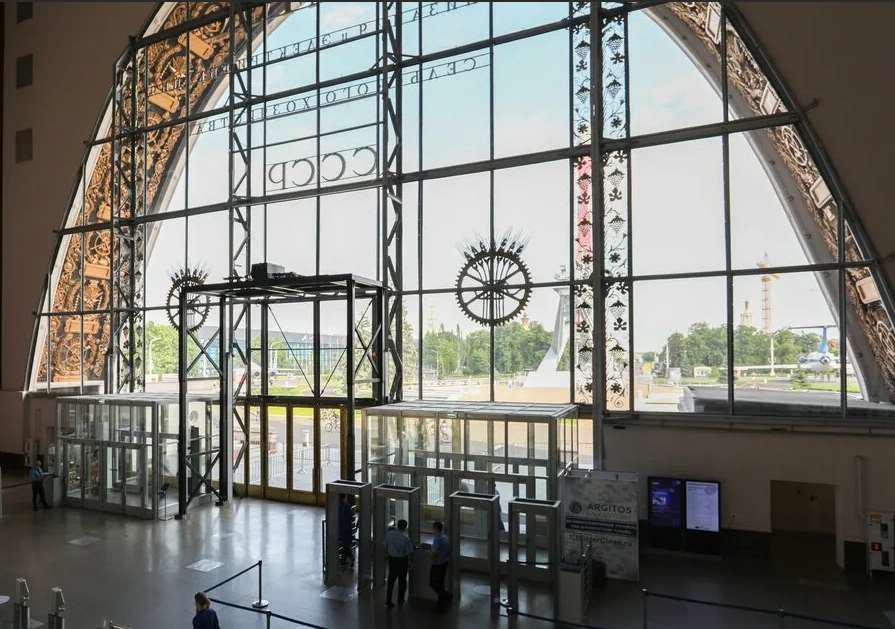
Thanks to its unique combination of high strength and lightness, as well as its aesthetic properties, aluminium has become one of the most effective materials for the reconstruction and renovation of buildings and structures. Nikolay Shumakov, President of the Union of Architects of Russia, says this about aluminium: "Aluminium never ceases to amaze us - because it can imitate any material. For example, powerful cast iron columns are transformed into a lightweight aluminium product after restoration. The metal is treated in such a way as to create the complete illusion of cast iron or any other material of your choice. Aluminium works wonders!"
The two days of the Forum resulted in recommendations for the relevant committees of the State Duma of the Russian Federation regarding the use of aluminium solutions in the reconstruction projects of historical centres.
About the REBUS Forum:
The Forum is organised by the Investment Development Agency of the Republic of Tatarstan and the Ministry of Construction, Architecture and Housing of the Republic of Tatarstan.
The Forum's partners are the Centre for Strategic Research (CSR), the Russian Guild of Managers and Developers (RGUD), the National Association of Producers of Building Materials and Construction Industry (NOPSM), the Association of Expert and Analytical Centre of Designers "Project Portal", SRO AS "Stroykonsolidation", the Aluminium Association (Association of Producers, Suppliers and Consumers of Aluminium), the National Guild of Town Planners and others.
The main objective of the forum is to analyse the best practices of project implementation in urban areas with historical buildings, as well as to offer methodological recommendations for their implementation.
The event was attended by more than 2000 profile participants from 50 regions of Russia and 15 countries of near and far abroad.

